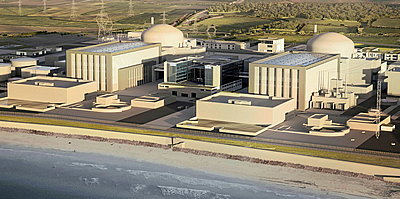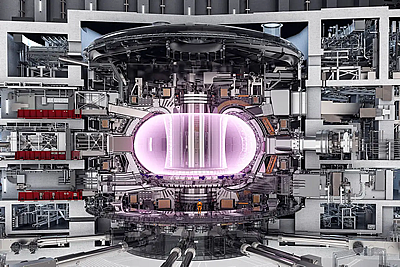GCSE Questions: Energy Sources Q15. Many countries use nuclear power stations to generate electricity. Nuclear power stations use the process of nuclear fission to release energy.
(a)
[1 mark]
[1 mark] (b) Nuclear fusion also releases energy. Nuclear fusion happens at very high temperatures. A high temperature is needed to overcome the repulsion force between the nuclei.
[1 mark]
[1 mark] (c) In 1991, scientists produced the first controlled release of energy from an experimental nuclear fusion reactor.
This was achieved by fusing the hydrogen isotopes, deuterium and tritium. Deuterium is naturally occurring and can easily be extracted from seawater. Tritium can be produced from lithium. Lithium is also found in seawater. The table below gives the energy released from 1 kg of fusion fuel and from 1 kg of fission fuel.
[2 marks]
[1 mark] (d) Tritium is radioactive. After 36 years, only 10 g of tritium remains from an original sample of 80 g. Calculate the half-life of tritium. Show clearly how you work out your answer. 80g to 40g in one half life 40g to 20g in the next half life 20g to 10g in the third half life. 36 = 3 half lives so, the half life is 36/3 = 12 years [2 marks] (Total 9 marks) |
Follow me...
|







